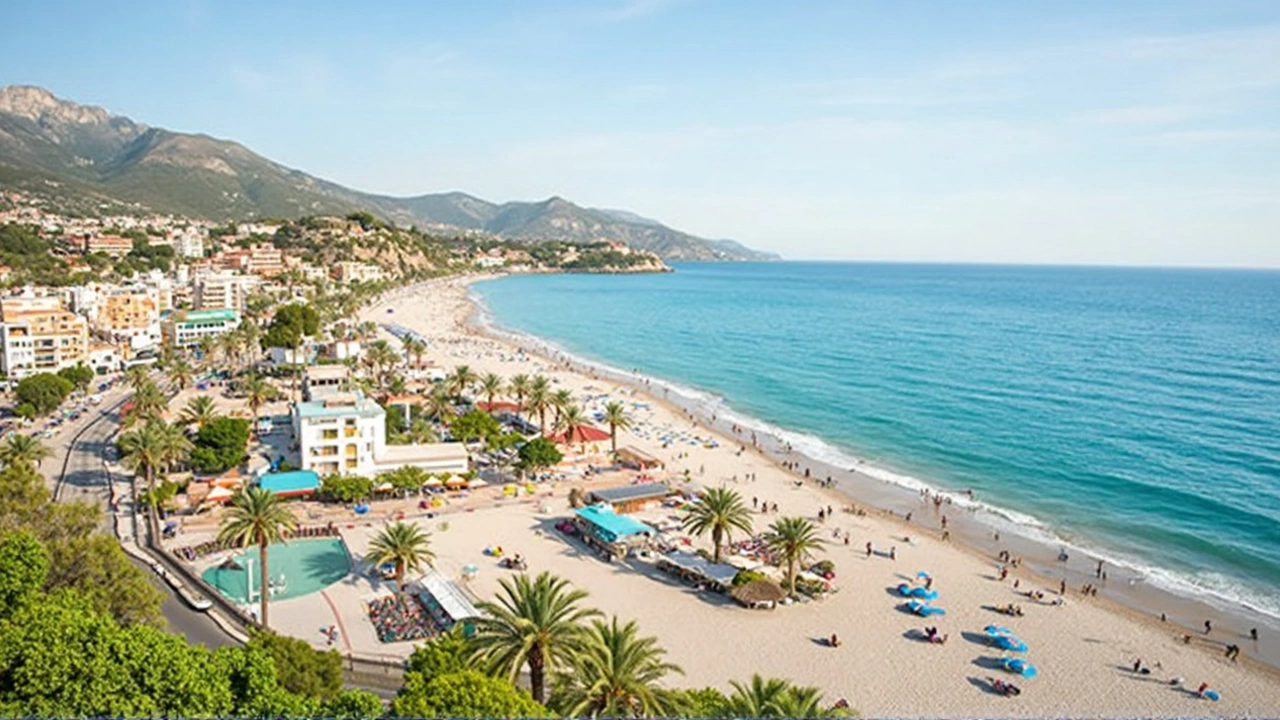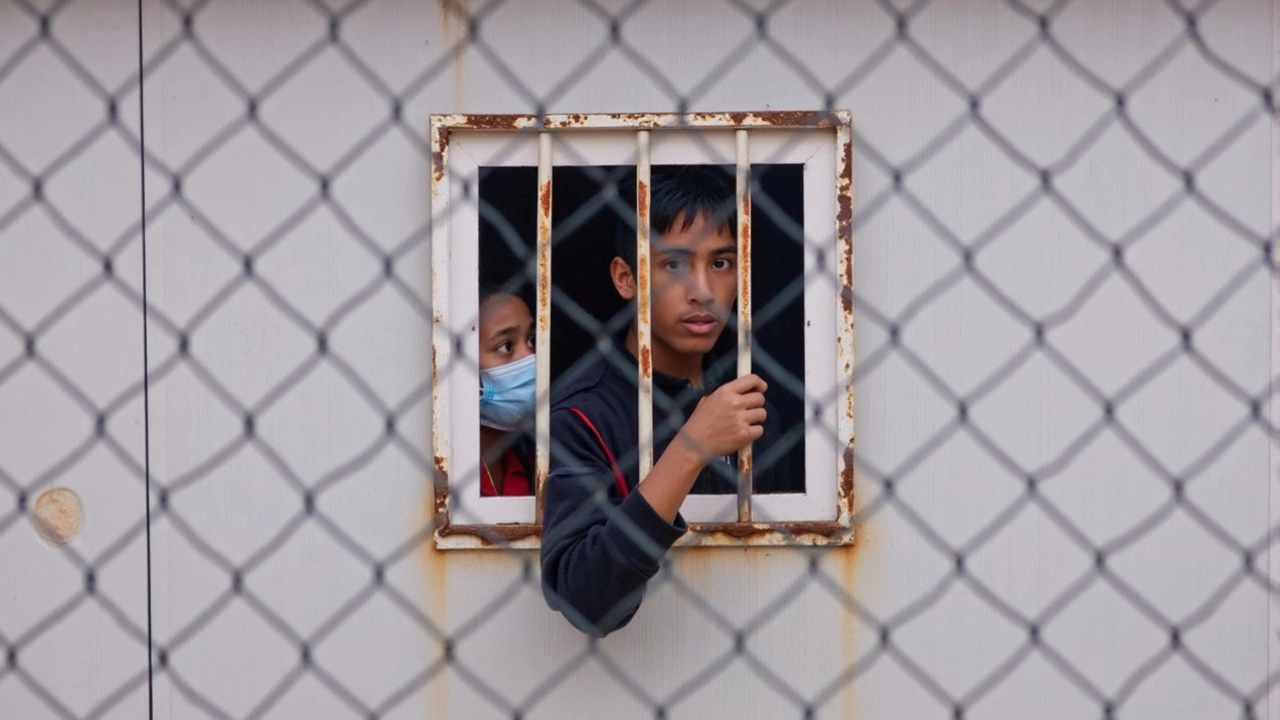
Strong Earthquake Startles Residents and Tourists Across Southern Spain
Waking up to windows rattling and beds shaking isn’t anyone’s idea of a holiday, but that’s exactly what happened on the morning of July 14, 2025, along Spain’s southern coast. At 7:13am local time, a earthquake measuring 5.5 on the Richter scale struck just off the coast near Cabo de Gata, a rugged headland southeast of Almeria. Despite its strength, no immediate injuries or major damage were reported—though the shock swiftly rippled across the region’s most popular vacation spots.
This wasn’t some distant, deep rumbling. The quake’s depth was just 2km below the earth’s surface, making every shake and tremble all the more intense. Emergency alerts pinged across Andalusia and the Levante region. The list of affected areas reads like a travel brochure: Almeria, Malaga, Alicante, Granada, Murcia, and, of course, the lively beaches and towns of the Costa del Sol. In over fifty towns, the tremors lasted several unnerving seconds, sending locals scrambling out of bed and holidaymakers out of their hotel rooms in their pyjamas.

Tremors in Tourist Towns: Fear, Frustration, but No Major Harm
Those in high-rise hotels and coastal apartments felt the full force. In Roquetas De Mar, a British expatriate said the shaking was “pretty scary”—a wake-up call unlike any other. On social media, residents described furniture moving and glasses rattling off shelves. For many, the scariest part was not knowing if things would get worse, or when the next aftershock might hit. Even seasoned residents admitted this one felt different, given how close to the surface it was.
Despite such dramatic accounts, Spain’s emergency services breathed a sigh of relief. After a flurry of calls from worried residents, authorities checked buildings and infrastructure, quickly confirming there were no immediate injuries or signs of structural damage. Public buildings and hotels carried on as normal, though you could still spot shaken guests at breakfast tables swapping stories of the night’s events.
Just as things started to calm down, another quake popped up on the map. In the early hours of July 15, a magnitude 2.8 tremor rattled the Canary Islands. Compared to the previous day’s events, this one barely made a ripple in the news—though it was enough to keep nervous residents on alert for follow-up shocks.
While southern Spain isn’t the first place most people associate with major earthquakes, the region does sit near complex geological fault lines where the African and Eurasian plates meet. That means, every once in a while, nature sends a reminder that the earth below isn’t always as solid as it seems. For now, tourists and locals are back to business as usual—though a few might check their emergency kits a little more carefully before the next trip.




